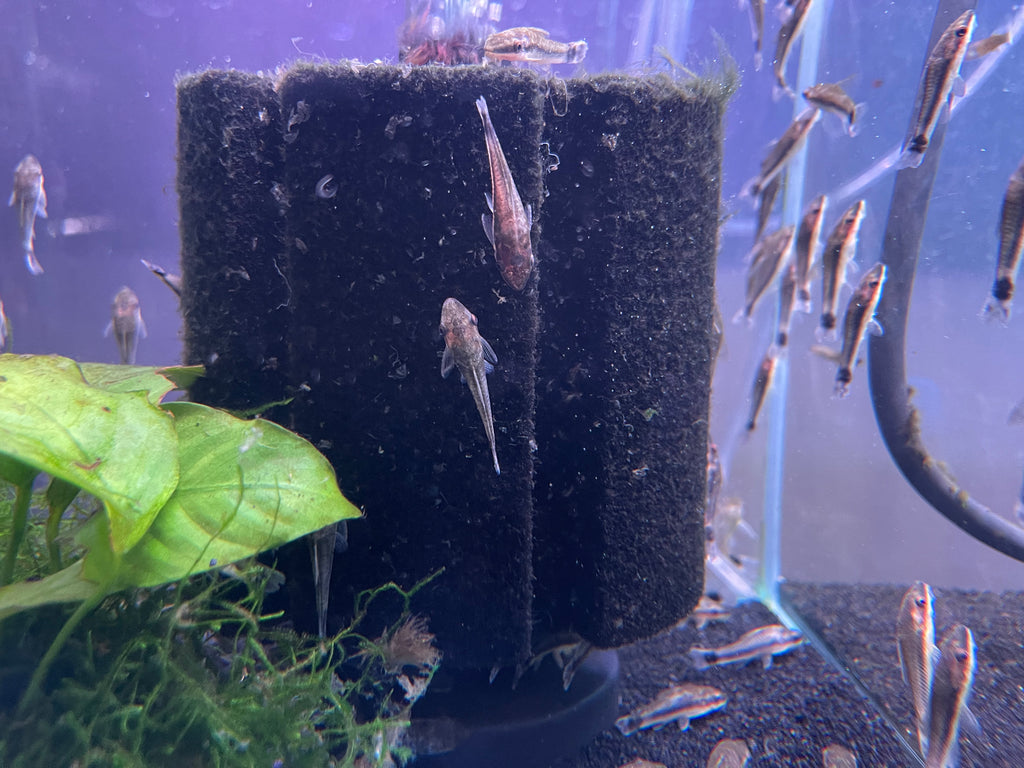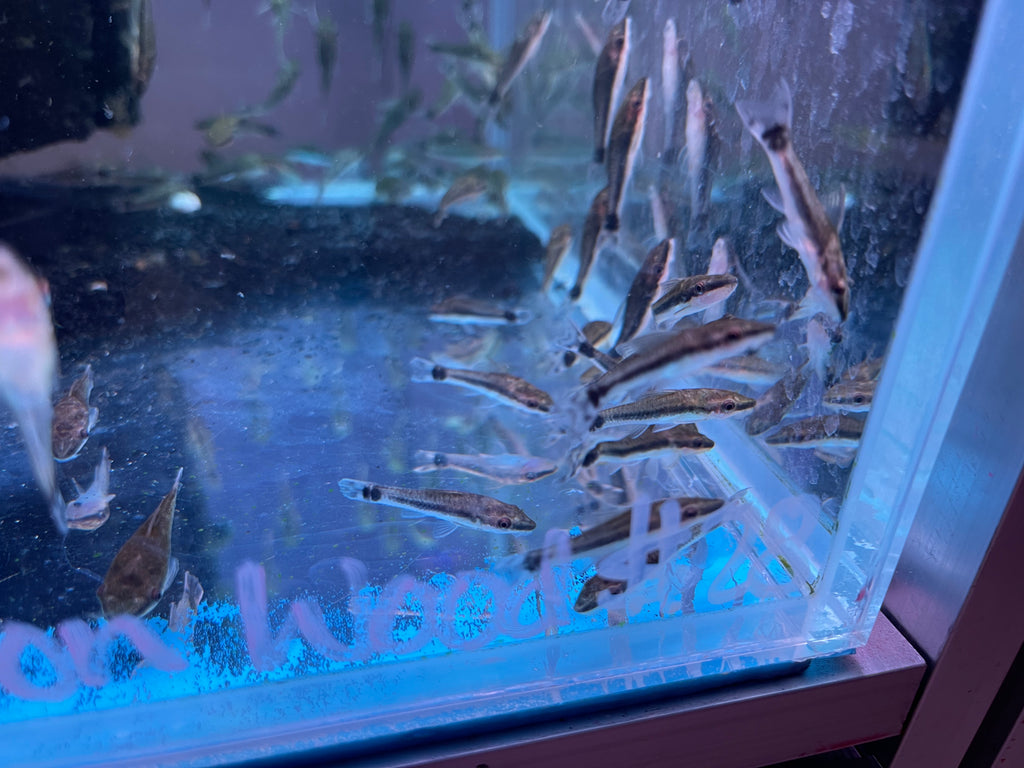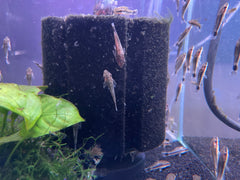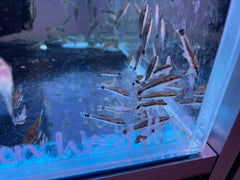Otto Catfish
The genus Otocinclus belongs to the family Loricariidae and is native to South America. These catfish are commonly known as "dwarf suckers" or "otos." Like other loricariids, they have rows of armor plating covering their bodies and possess an underslung suckermouth. Otocinclus species are generally small in size, with O. tapirape being the smallest at 2.4 cm and O. flexilis being the largest at 5.5 cm.
One notable adaptation of Otocinclus species is their ability to breathe air. They have a duct that forms at the junction between the esophagus and the stomach, which expands into an enlarged, ring-like diverticulum. This unique feature allows them to take in atmospheric oxygen, enabling air-breathing.
Otocinclus catfish are popular aquarium fish, often sought after for their algae-eating behavior. However, breeding them in captivity can be challenging, and as a result, most Otocinclus available in the aquarium trade are wild-caught specimens. The genus has a wide distribution east of the Andes in South America, spanning from northern Venezuela to northern Argentina. However, they are generally absent from the Amazon and Orinoco lowlands.
Overall, Otocinclus catfish are valued for their small size, peaceful nature, and algae-cleaning abilities, making them a popular choice for community aquariums.




